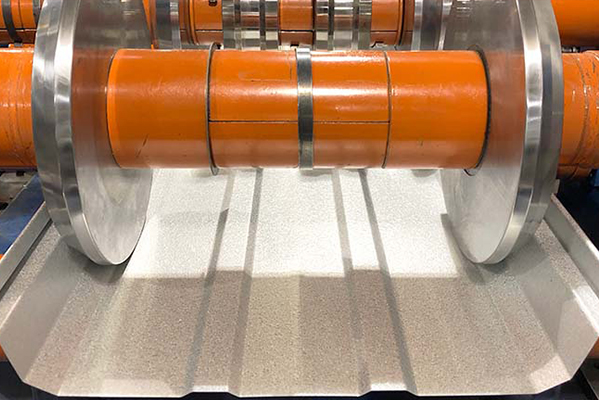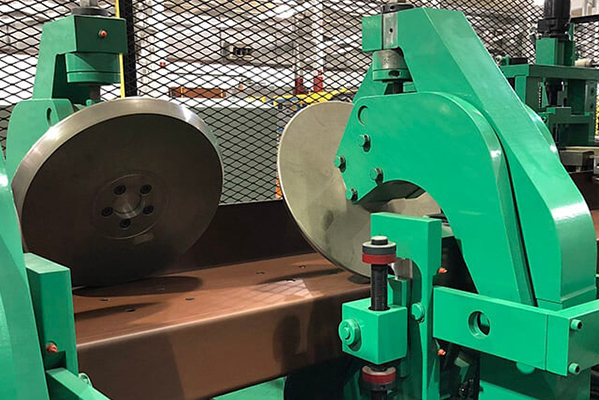Navigation Menu
Contact Us
- Email:
- info@wxavatar.com
- Address:
- Yurong Village, Yuqi Street, Huishan District, Wuxi, China.
Release Date:Jun 18, 2025 Visit:41 Source:Roll Forming Machine Factory
The manufacturing of metal roofing has long relied on robust machinery, but recent trends in equipment are causing a profound transformation in how these essential building components are produced. Driven by demands for greater precision, efficiency, and customization, manufacturers are integrating cutting-edge technologies that are fundamentally reshaping traditional production lines.

The Rise of Advanced Automation and Robotics
Perhaps the most significant trend impacting metal roofing production lines is the widespread adoption of advanced automation and robotics. Where manual labor once dominated tasks like material handling, cutting, and forming, robotic arms and linear transfer systems are now taking over. These automated systems can precisely move metal sheets between various stations with remarkable speed and consistency.
This shift isn't just about replacing human effort; it's about elevating the overall production capability. Automated processes minimize human error, leading to a higher quality product with tighter tolerances. Furthermore, they allow for continuous operation, significantly boosting throughput and reducing production bottlenecks. The integration of vision systems and sensors with these robotic units ensures that each piece is handled and processed accurately, maintaining consistent quality across the entire production run.
Digital Integration and Smart Factory Concepts
Modern metal roofing production lines are becoming increasingly intelligent, moving towards the concept of a "smart factory." This is powered by advanced digital integration, where machines are interconnected and communicate with each other. Computer Numerical Control (CNC) systems are now standard, enabling intricate designs and precise cuts that were previously challenging.
Beyond individual machine control, manufacturers are tying these systems into higher-level Manufacturing Execution Systems (MES) and Enterprise Resource Planning (ERP) tools. This creates a holistic ecosystem where production data is collected and analyzed in real-time. This data allows for predictive maintenance, optimizing production schedules, and making dynamic adjustments to stay within tight tolerance bands by "listening" to sensors that measure tonnage, displacement, heat, and vibration. This data-driven approach leads to significant improvements in operational efficiency and reduces downtime.
Enhanced Versatility and Customization Capabilities
The market demands for greater versatility and customization in metal roofing products are also reshaping production lines. Traditional lines might have been optimized for a limited range of profiles or gauges. However, new equipment is designed with inherent flexibility. Rollforming machines can now be quickly reconfigured to produce a wider array of panel designs, lengths, and material thicknesses.
This adaptability means that manufacturers can respond more quickly to specific project requirements, produce smaller, customized batches more economically, and even offer unique architectural profiles. This capability reduces the need for extensive retooling or investing in specialized equipment for every variation, making the production line more agile and responsive to market shifts.
Streamlined Workflow and End-to-End Automation
The ultimate goal of these trends is to achieve streamlined workflow and end-to-end automation. Production lines are being designed as cohesive units, where raw coil enters one end and finished, sometimes even packaged, metal roofing panels emerge from the other. This includes automated packaging and wrapping units for protection and logistics.

This comprehensive automation not only dramatically increases production speed and consistency but also significantly reduces labor costs, minimizes errors, and enhances safety on the production floor. The continuous evolution of metal roofing equipment is not just about isolated machine improvements; it's about a complete rethinking of the production process, creating sophisticated, highly efficient, and adaptable manufacturing environments for the future of building.